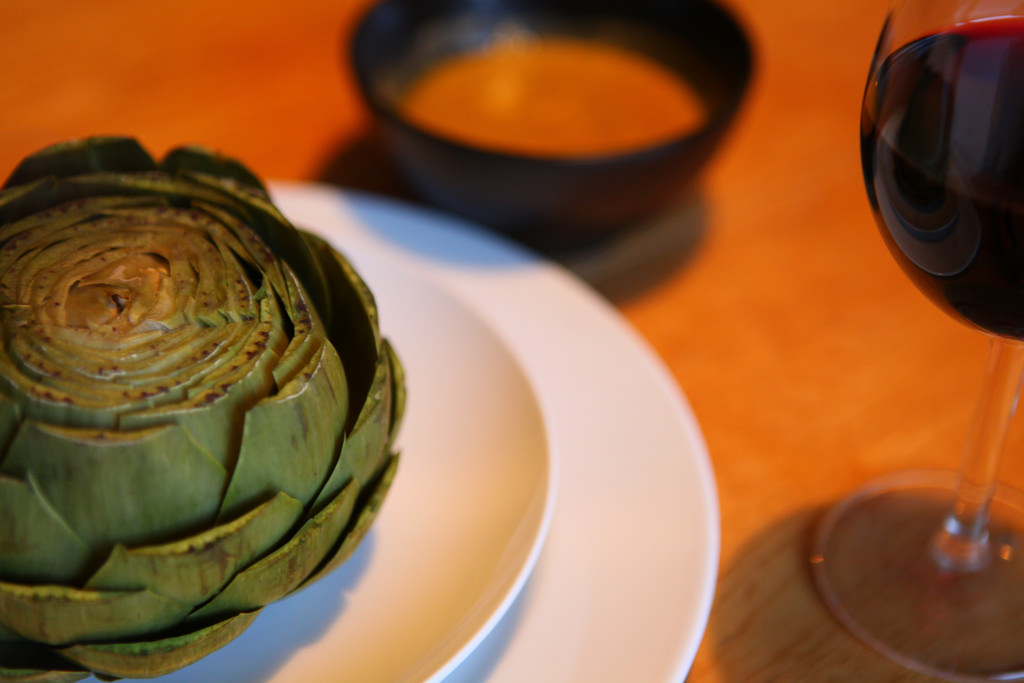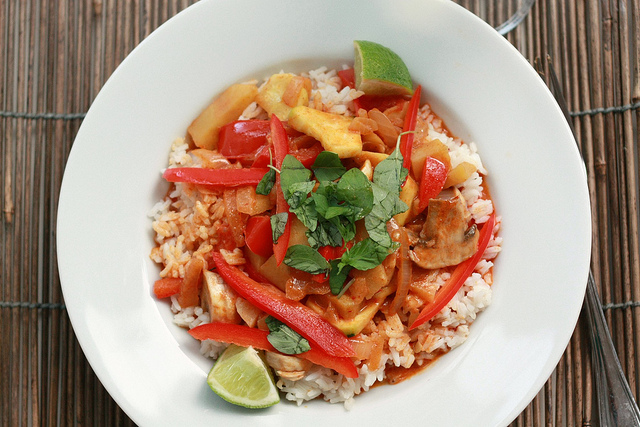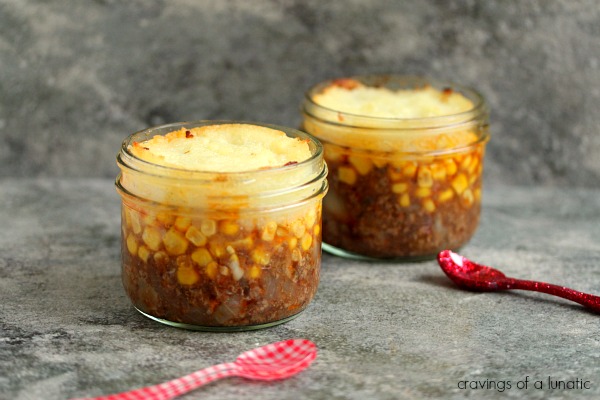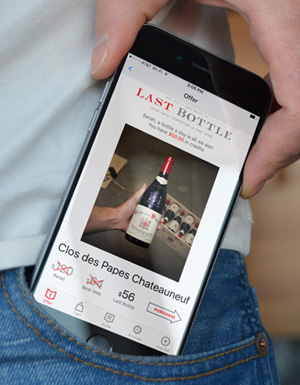I love stuffed brussel sprouts and Cabernet, but the last time I had them together it tasted like I just ate a tin can wrapped in Goodyear rubber. Something obviously went horribly wrong. There’s nothing worse than opening a bottle of your favorite wine only to find it tastes horrible with whatever you cooked for dinner. there are some tricky food and wine pairings out there, but fear not, we are here to help you through.
With that in mind let’s take a look at some foods that can wreak havoc on certain wines, and we’ll try to offer some alternatives that work.
Sushi and Oily Fish

Photo by Jeremy Keith
At a recent wine tasting the woman pouring mentioned how she insisted on drinking Zinfandel with sushi. That puts her in a minority. Most people agree that big, tannic red wines do not play nicely with raw fish. Zin isn’t very tannic, but still, it doesn’t seem like the obvious choice to enjoy with your hamachi. Red wines become an even worse choice with oily fish, and mackeral or cod will taste like a roll of wet pennies.
Don’t: Cabernet Sauvignon, Merlot, Petit Sirah, or any other medium to full-bodied red wine.
Do: Try a crisp white wine instead. A Chenin Blanc, White Bordeaux, or Riesling. Craving a red? Try a lighter style Burgundy, Rosso di Montalcino, or Barbera.
Oysters
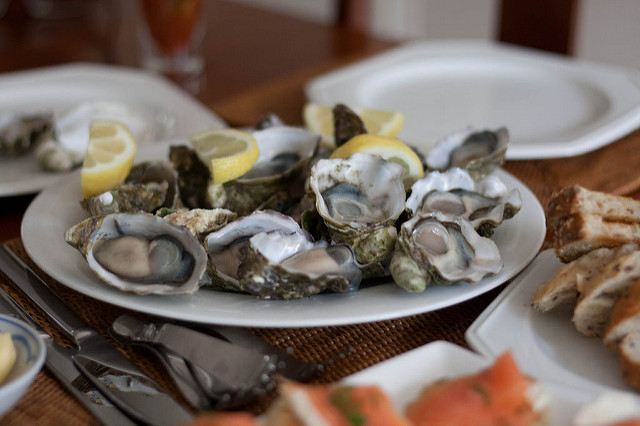
Photo by Lachlan Hardy
Pair a Cabernet with oysters and you’re gonna have a bad time. The tannins clash with the texture, making it feel more like sand, and the briny oyster flavors turn to tin. So you end up ruining the flavor of the wine and the oysters.
Don’t: Save your Petite Sirah, Cabernet Sauvignon, and other bigger style reds for another meal.
Do: Open a Gruner, Sauvignon Blanc, or Champagne instead.
Artichokes, Asparagus, or Brussel Sprouts
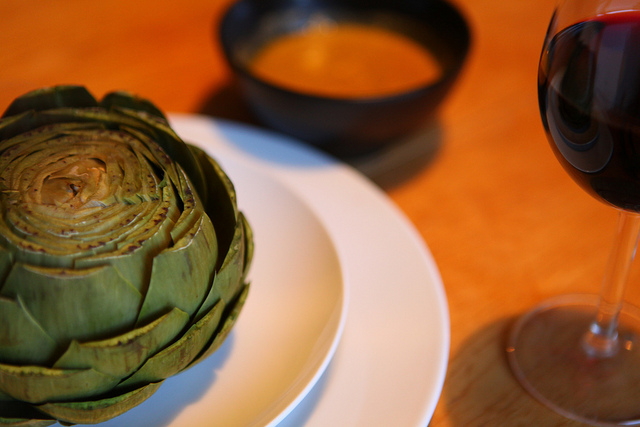
Photo via Paul Keller
These green veggies are good for you, but bad for wine. They contain a lot of chlorophyll and cynarin, a compound known to enhance sweetness in wine. Plus they have sulfur compounds that taste similar to a common wine fault.
Don’t: Avoid oaky Chardonnay and tannic Cabernet at all costs.
Do: Gruner Veltliner, Sauvignon Blanc (NZ), or a crisp white with decent minerality like a Chablis.
Spicy Food
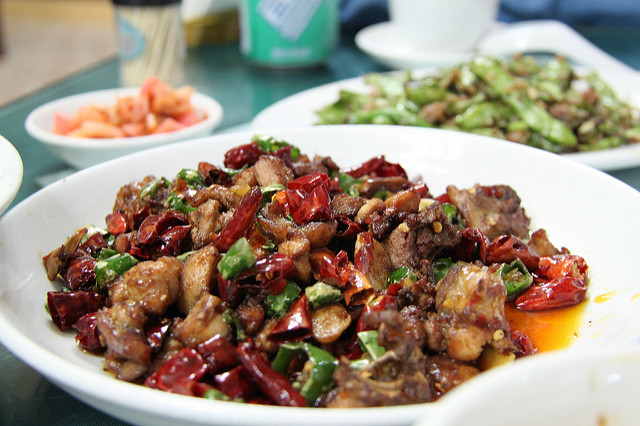
Photo by Matt Ryall
Crisp, unoaked white wines, especially off-dry ones do well with spice. Rich, oaked wines not so much. High alcohol, even worse, as the heat from the alcohol seems to elevate the heat from the food. Surprising, bigger style, dry red wines can make for a friendly pairing as well. In that case, look for something with bold and rich fruit flavors like an Australian Shiraz, Grenache, or California Zinfandel.
Don’t: Avoid high alcohol wines, oaked whites, and bigger style reds.
Do: Tame spices with sweeter wines. An off-dry Rose, Riesling, or Gewurtztraminer should help balance out the heat. Champagne also makes a decent choice.
Chocolate
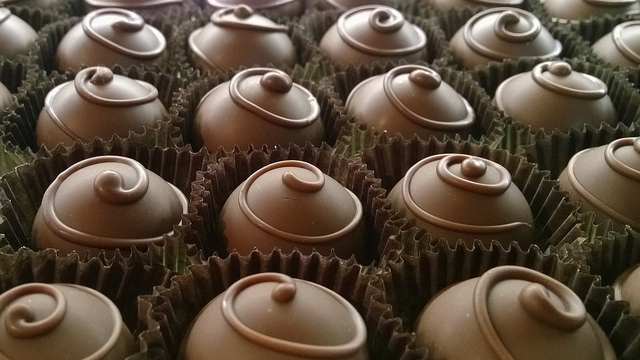
Photo by LongitudeLatitude
Sure, you’ve heard how wonderful chocolate and wine do together, but have you actually tried it? The combo doesn’t often work out as well as you might hope. That’s because the sweetness of chocolate overpowers the sweetness in wine, making it taste bitter. Of course there are some delicious options for pairing chocolate and wine.
Don’t: Avoid white wines, lighter style reds, and most tannic reds.
Do: Try a Brachetto D’Acqui or a vintage Port with your chocolate. These have enough sweetness to balance against chocolate. Depending on the chocolate variety, some Zinfandel, Merlot, and Cabernet can work well, but proceed at your own risk!
Of course you’re welcome to enjoy any wine you want with your meal and there are no fixed rules governing pairings. So by all means try a Zinfandel with your next sushi roll. You might like it!
Tweet this!
How to navigate these 5 tricky food and #wine pairings Click To TweetWant more food and wine pairing tips? Check out these posts:

